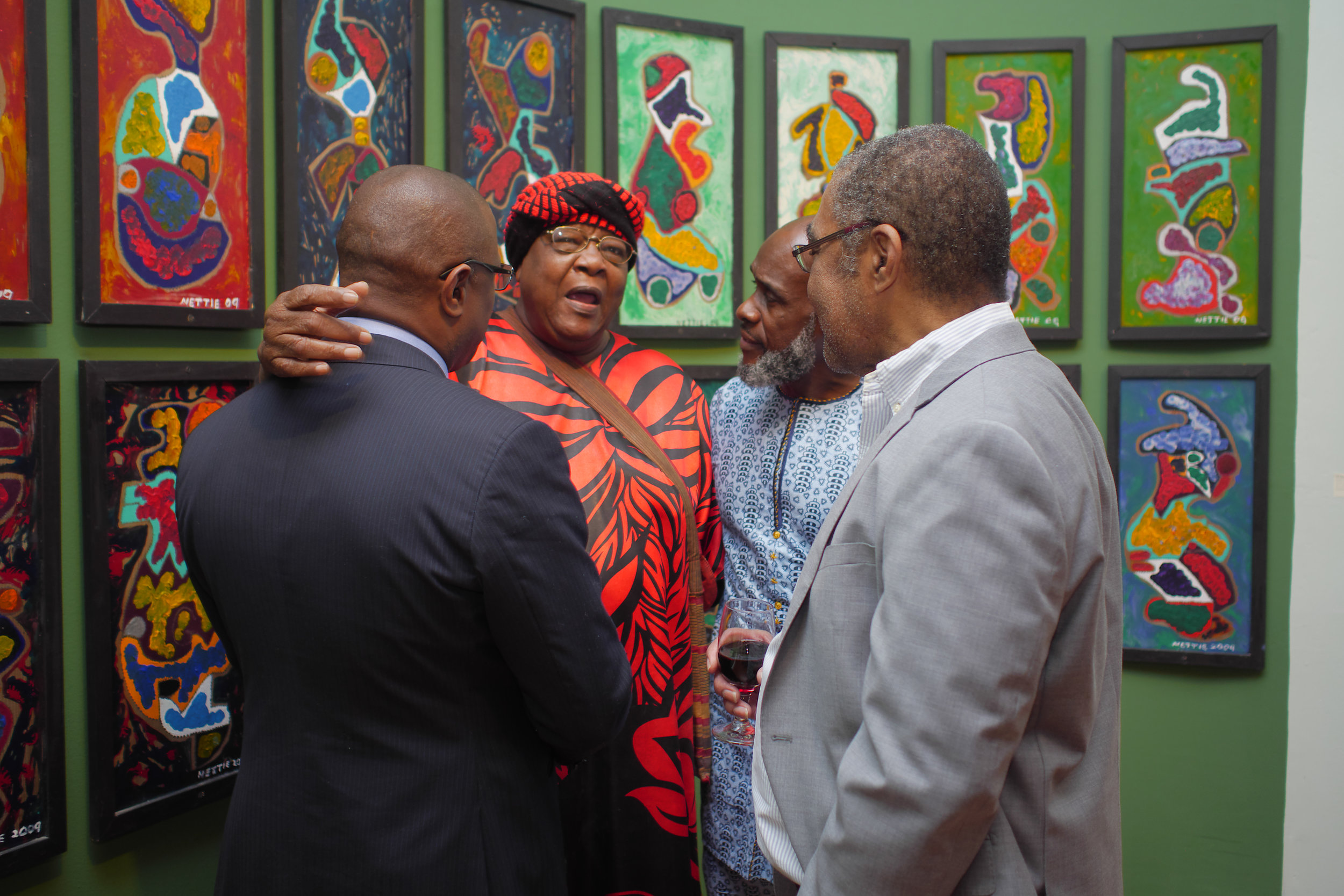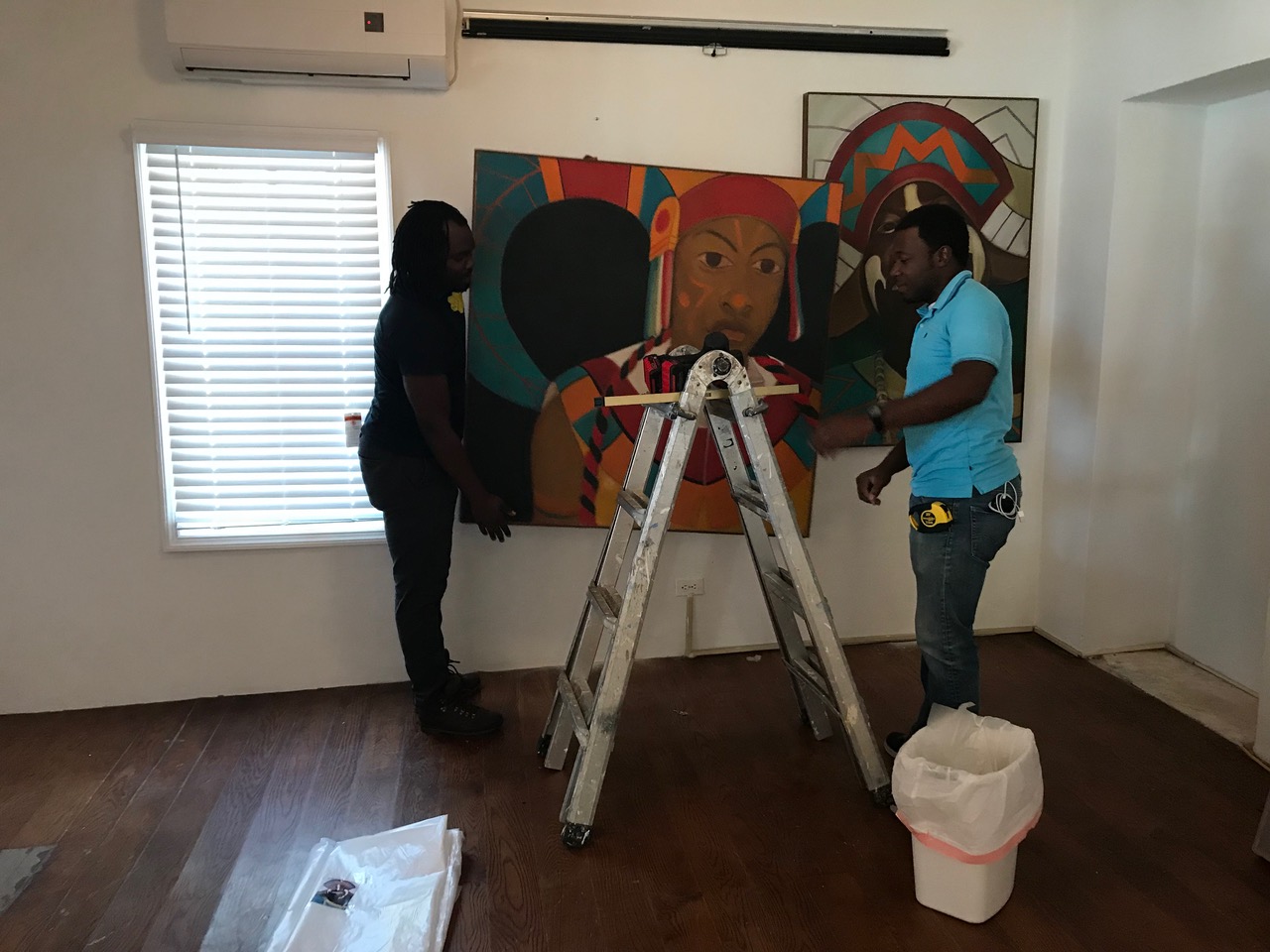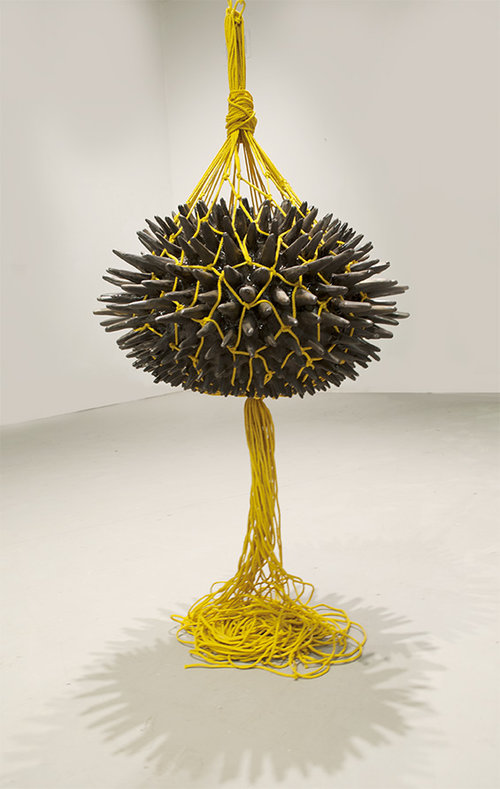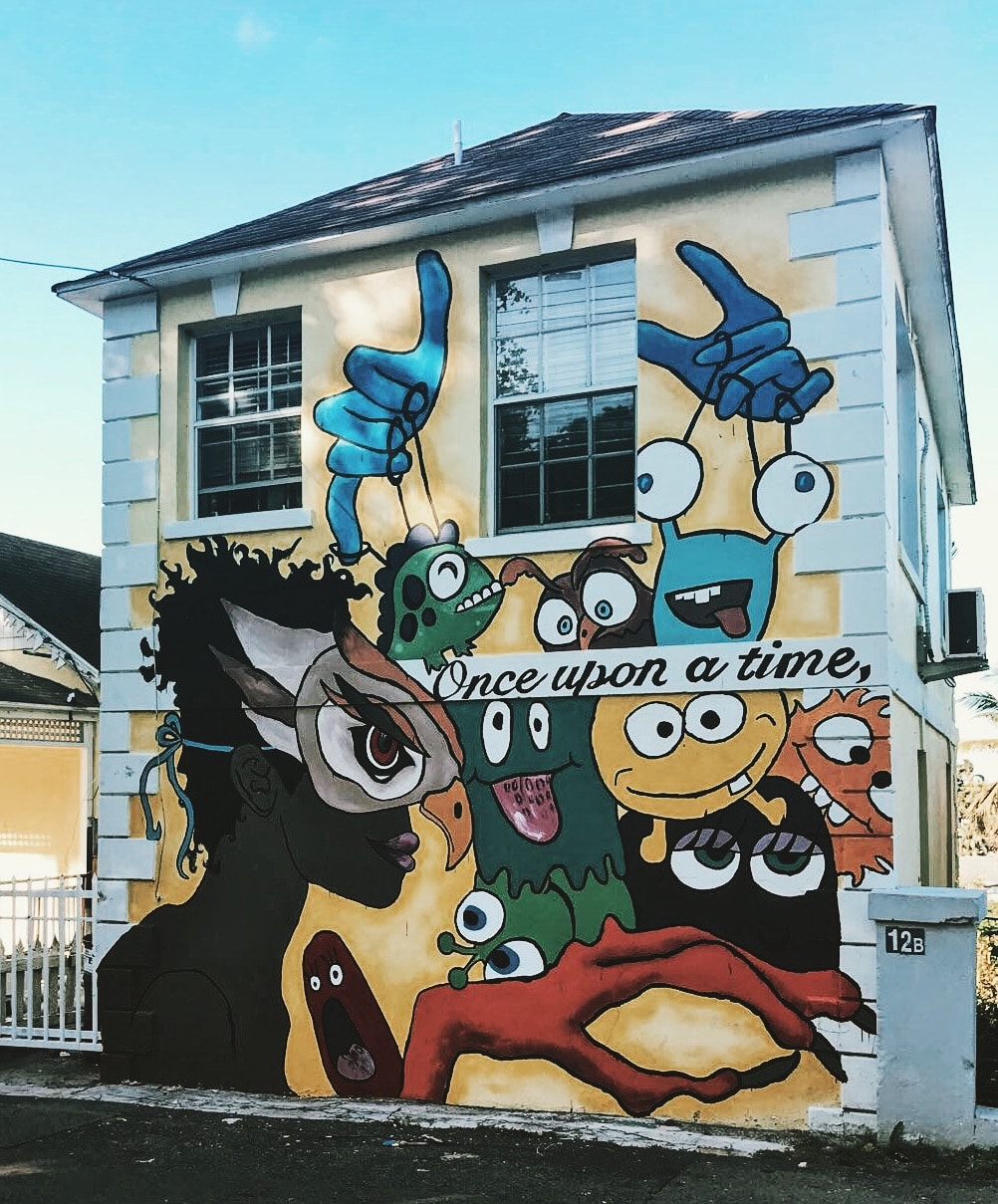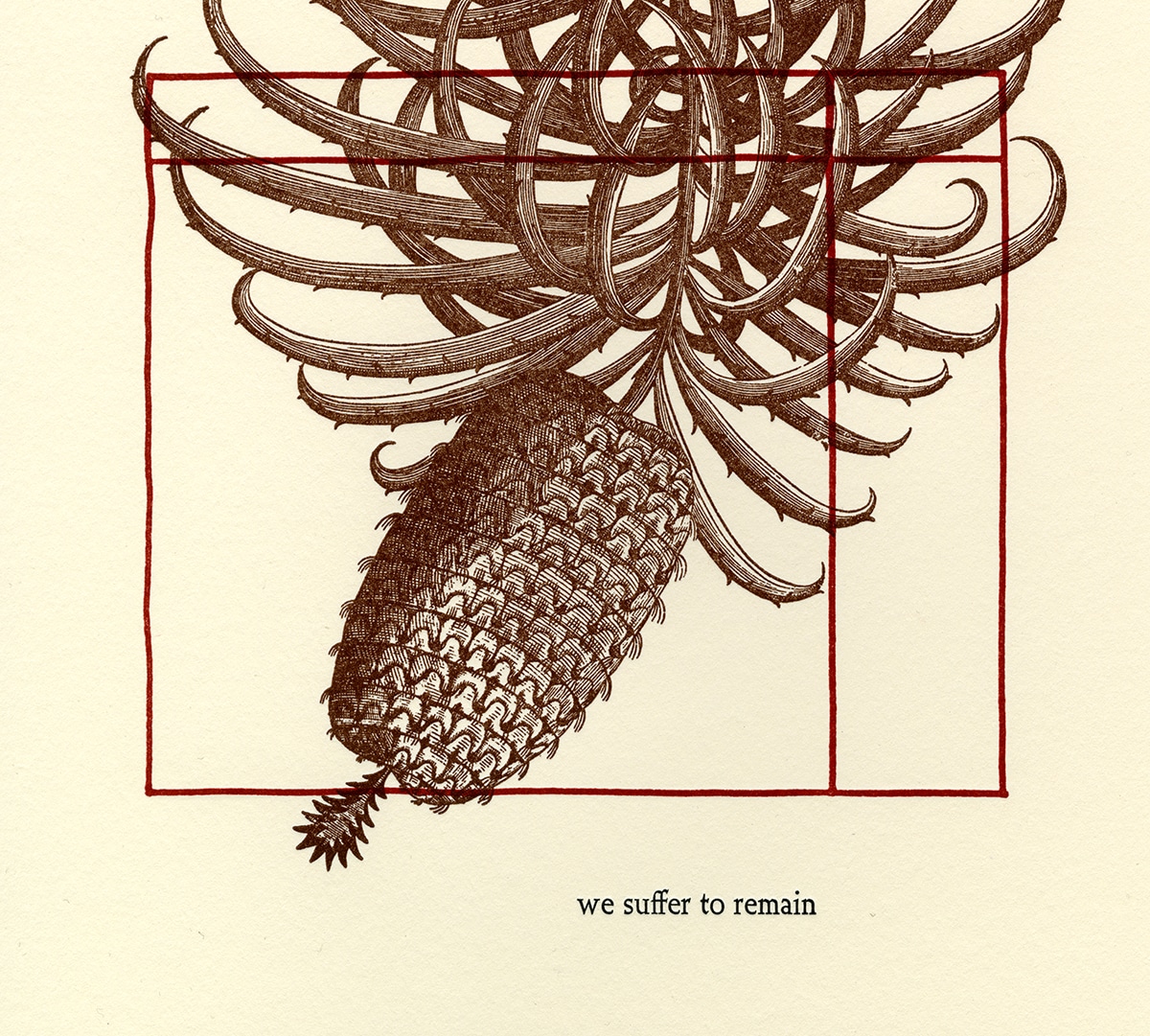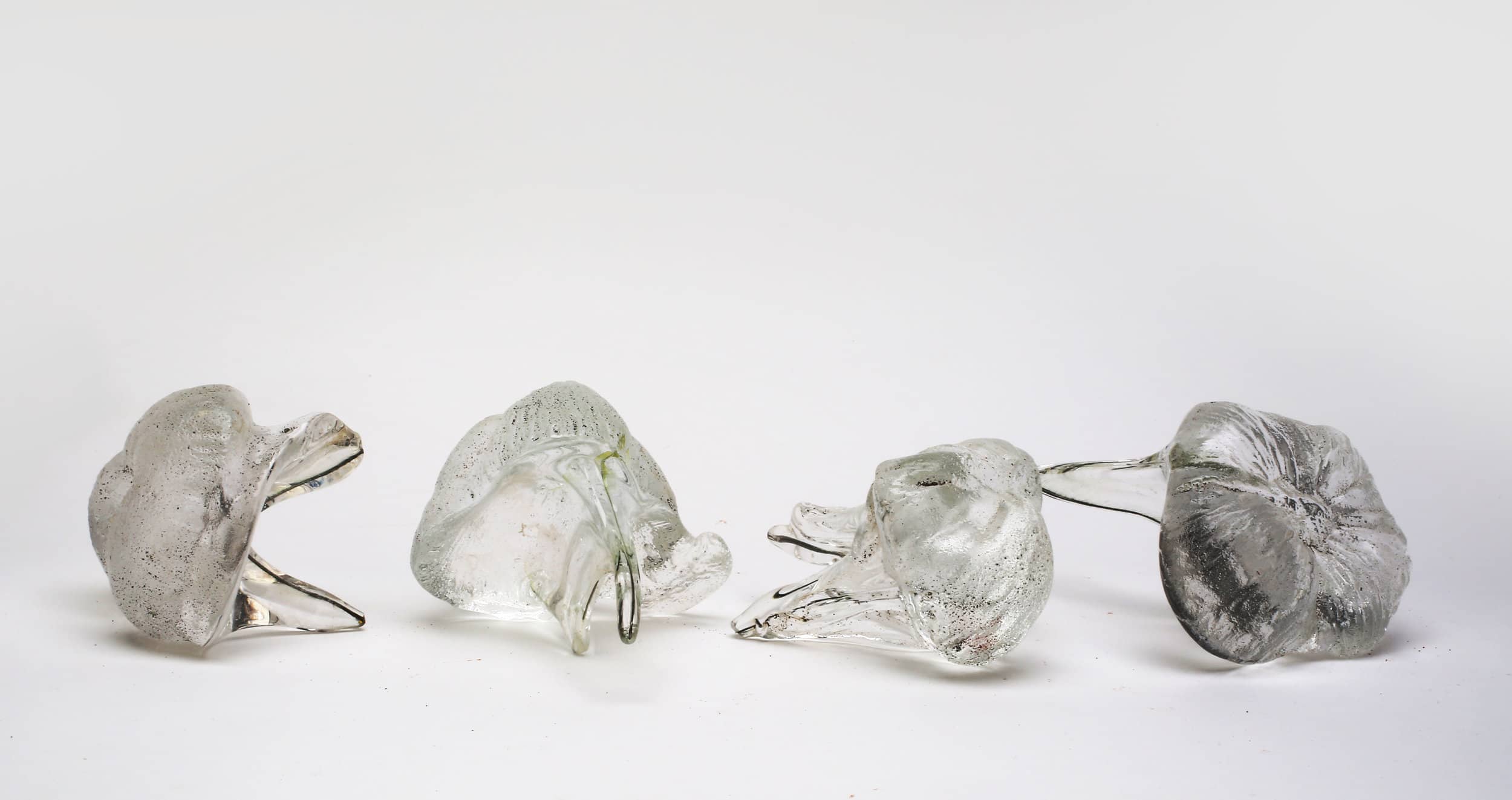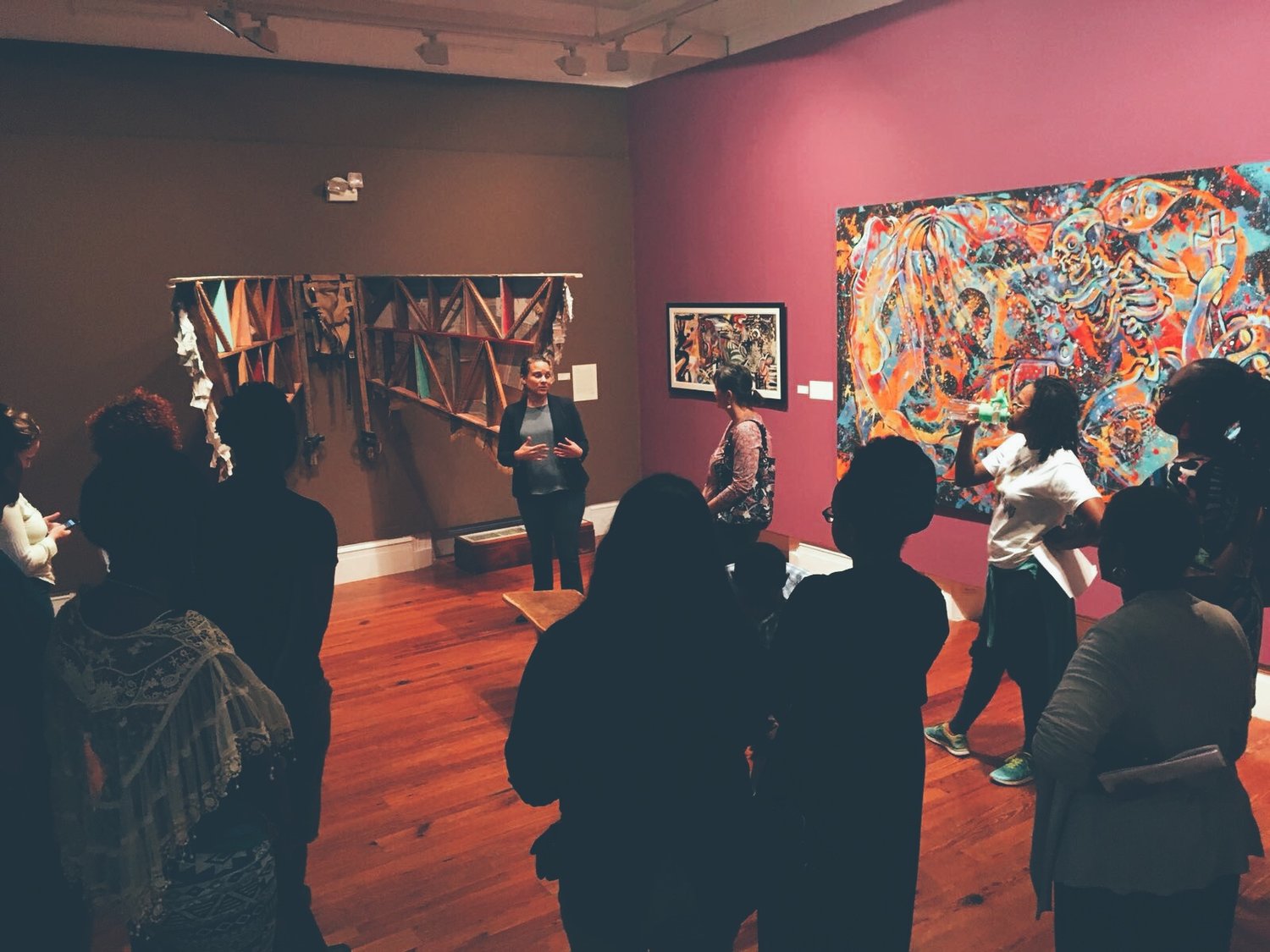By Dr Ian Bethell-Bennett, The University of The Bahamas. Can we conceptualise change? In our lessons, our lives, our schooling, have we been encouraged to examine a problem and to solve it? Have we been encouraged to dream big and produce along those lines? Usually, to ideate creatively, to innovate, to shift the cultural thinking or vision, we must think critically. This thinking makes some people uncomfortable, yet, this essential skill is wiped out in the Bahamian education system. We are also told that dabbling in art won’t pay the bills, however, to meet the demands of change, we must think creatively. Google, FaceBook, sustainable renewable cities, Worlds fairs, Disney World, are all creative building structures that use winds, the light and the landmass to cool, power, and illuminate are usually created in studios of creative minds that do not conform to linear thinking or conservative paradigmatic control.
All posts by Natalie Willis
Time Travel and Building Bridges in “A True & Exact History”: An interview with Sonia Farmer, Pt II
By Natalie Willis
This week we continue our interview with Sonia Farmer on her work for the upcoming collaborative exhibition with the British Council, “We Suffer To Remain”. It is difficult to think about just who gets to discuss our history, when some voices are silenced, and others get a proverbial loudspeaker. Farmer’s artist book “A True & Exact History”, a poem produced from her erasure of Richard Ligon’s “A True & Exact History of the Island of Barbadoes” (1657), deals with just that.
Speaking of culture: Thinking about change
By Dr Ian Bethell-Bennett, The University of The Bahamas. Over the last few weeks we have been journeying through “Medium: Practices and Routes of Spirituality and Mysticism” and discussing linkages with the upcoming show “We Suffer To Remain”, an international collaboration between the British Council and The National Art Gallery of The Bahamas. Writing this piece from Dubai at the Chamber of Commerce conference for Latin America and preparing for Expo2020 the polemics of culture become more clearly abstracted. So much of our culture and life resides beneath the surface. From time to time it surfaces to be revealed in stunning works of art, vibrant crafts, suggestive and politically critical music, or just fried into a fried-dry piece of chicken. We overlook that we exist in culture and that our culture dictates how we think about who we are and how we respond to a crisis.
What Makes “A True & Exact History”?: An Interview with Sonia Farmer on her work for the upcoming exhibition “We Suffer To Remain”.
By Natalie Willis. In this week’s interview we hear from Sonia Farmer on her contribution to “We Suffer To Remain”, an exhibition opening later this month that moves around ideas of slavery, time and memory, and how we begin to unpack and deal with these legacies. Farmer is a writer, visual artist, and small press publisher who uses letterpress printing, bookbinding, hand-papermaking, and digital projects to build narratives about the Caribbean space. She is the founder of Poinciana Paper Press, a small and independent press in Nassau which produces handmade and limited edition chapbooks of Caribbean literature and promotes the crafts of book arts through workshops and creative collaborations. The title for the exhibition comes from Farmer’s book produced for this show, “A True & Exact History”, which will be displayed alongside fellow Bahamian artists John Beadle and Anina Major works, as well as the work of Scottish artist Graham Fagen with his project from the 2015 Venice Biennale, “The Slave’s Lament”. Farmer moves us through not just the language written within the book itself, but around the art of bookmaking itself and how she crafts language to unpack the question of who we–as a country and as part of the Caribbean region–allowing to voice our histories.
“TRANS: A Migration of Identity”: The National Collection Travels to Eleuthera.
By Malika Pryor-Martin.
“TRANS: A Migration of Identity”, curated by The National Art Gallery of The Bahamas’ Community Outreach Officer Abby Smith and Assistant Curator Richardo Barrett, is the NAGB’s second inter-island travelling exhibition and will premiere in Eleuthera next week. The first, MAX/AMOS focused on the works, as compliment and contrast, of masters Maxwell Taylor and Amos Ferguson. It played with ideas of identity and memory, how one sees themselves and sees their country; all through the eyes of these two men.
“To Have and Not To Own”: An Interview with Anina Major (Part II) on bodies and history
By Natalie Willis
Continuing on last week’s interview, the discussion builds on the rest of the body of work that Anina Major is producing for “We Suffer To Remain”, an exhibition featuring “The Slave’s Lament” (2015) by Scottish artist Graham Fagen alongside three Bahamian artists, Sonia Farmer and John Beadle included. Major’s work and much of the exhibition deals with the legacies of slavery as embodied by us as post-colonial subjects. This week she speaks to that embodiment, to pain, and to what it means to inhabit a Black feminine body in relation to the ideas brought up by this exhibition as well as recent events in the country.
Mural Walk & Talk: Introducing works from the National Collection in a whole new way
By Malika Pryor Martin.The National Art Gallery of The Bahamas first introduced its mural programme in 2015 as part of a revamped and revitalised summer camp programme. The murals would remain on view at the NAGB for one year before another artist and group of creative campers replaced it the following summer with new ideas and concepts. Makers, who are both members of the NAGB team and professional artists beyond our walls, contributed to the campus effort. It served as inspiration for hundreds of young people and as creative fuel for the participating artists.
Lamenting Slavery: Unearthing our history through art.
By Dr Ian Bethel Bennett. The materiality of art and culture is essential to the experience with art and our understanding of the relationship between space, time and humanity. When we do not see, feel or experience the materiality of space, we tend to ignore its existence. Art can be used to bridge gaps between the materiality of experience and the historical omissions and erasures that leave the space open to deletion, and de-historicisation. Music, similar to art, can speak to a similar materialising of experiences that have been wiped out by the passage of time and the shifting sands of spatial economic change. The disappearance from the mental record of the Nassau Market is a salient example of the vanishing materiality and so the memory of that experience. What remains is a space that has been razed of the material market and so the only vestiges remain. The artistic renderings and musical recitations of that material experience, where women and men walked over Market Street, often through Gregory’s Arch, to sell produce in the market, is what remains.
Movements and Memory: An interview with Anina Major on art practice and the hauntings of history.
By Natalie Willis. We often speak of Slavery in regards to one demographic in particular and the detrimental effects that remain today – and rightly so. It is a painful legacy, but it is also a shared one. “The Slave’s Lament,” written by Scottish poet and lyricist Robert Burns in 1792, is a song that spoke to this history in its own time. It is also the title of a work by another Scot, Graham Fagen, who used this song in his presentation at the 2015 Venice Biennale International Art Exhibition. This newer rendition, featuring Reggae artist Ghetto Priest and a string ensemble, serves as the focus and starting point for us to begin to discuss this history through a slightly different lens. The exhibition, “We Suffer To Remain,” opens in March and features Fagen’s artwork along with that of three Bahamian artists, namely: Sonia Farmer, John Beadle, and Anina Major


